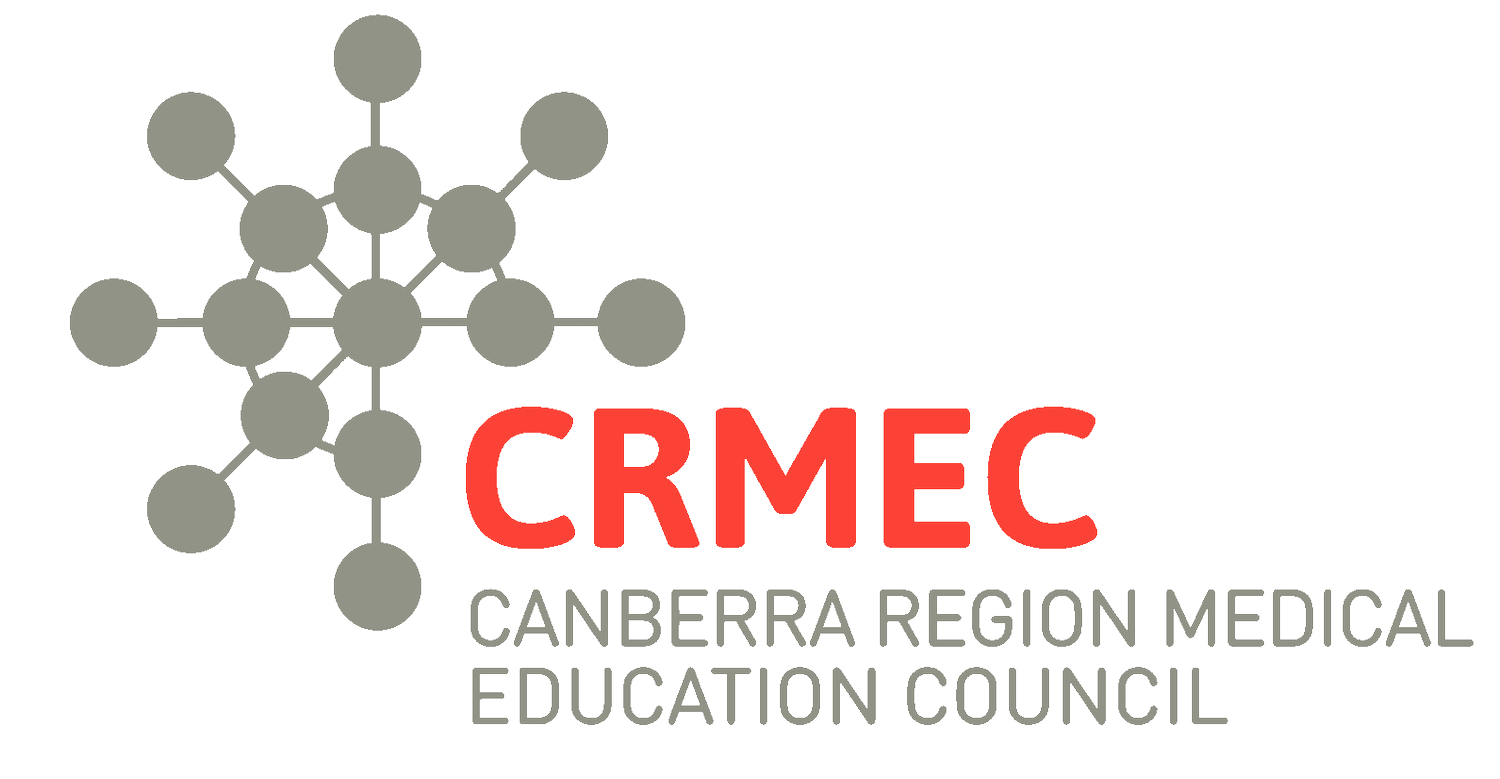Vertical Integration
Vertical integration in medical education delivery is also referred to as multi-level teaching. It refers to doctors at all levels being involved in teaching and learning together. Vertical integration requires different approaches to teaching and supervision, and engagement of a teaching team consisting of learners at all levels from medical student through to senior consultant. A fully integrated vertical integration education model also includes other health disciplines (e.g. pharmacy, nursing) and engagement and cooperation of patients and their advocates. Vertical integration provides the benefit of near-peer learning, reduces the burden of teaching on the most senior staff, and builds the teaching skills of the junior cohorts.
How is vertical integration delivered?
In the hospital setting, consider the following examples of how vertical integration is a part of the teaching process:
Medical students shadow or buddy with prevocational junior doctors. This enables medical students to share tasks and gain experience, while junior doctors take on responsibilities of teaching their junior colleagues.
Ward-based education sessions and bedside teaching traditionally include the full clinical team. This gives the opportunity for the supervisor to build on the education, commencing with fundamentals at the medical student level and building up to more complex teaching for registrars. Fully integrated models will include each level of learner providing education to their near-peers.
Incorporating a range of clinical levels in formal education programs, providing opportunities for registrars and junior doctors to present cases for their near-peers.
Vertical integration resources
Building a Community of Learning in General Practice, is a free-access electronic book, orientated around supervision and teaching in Australian general practice, with a specific focus on vertical integration. It contains many practical tips relevant to supervisors working in general practice and tertiary settings.

